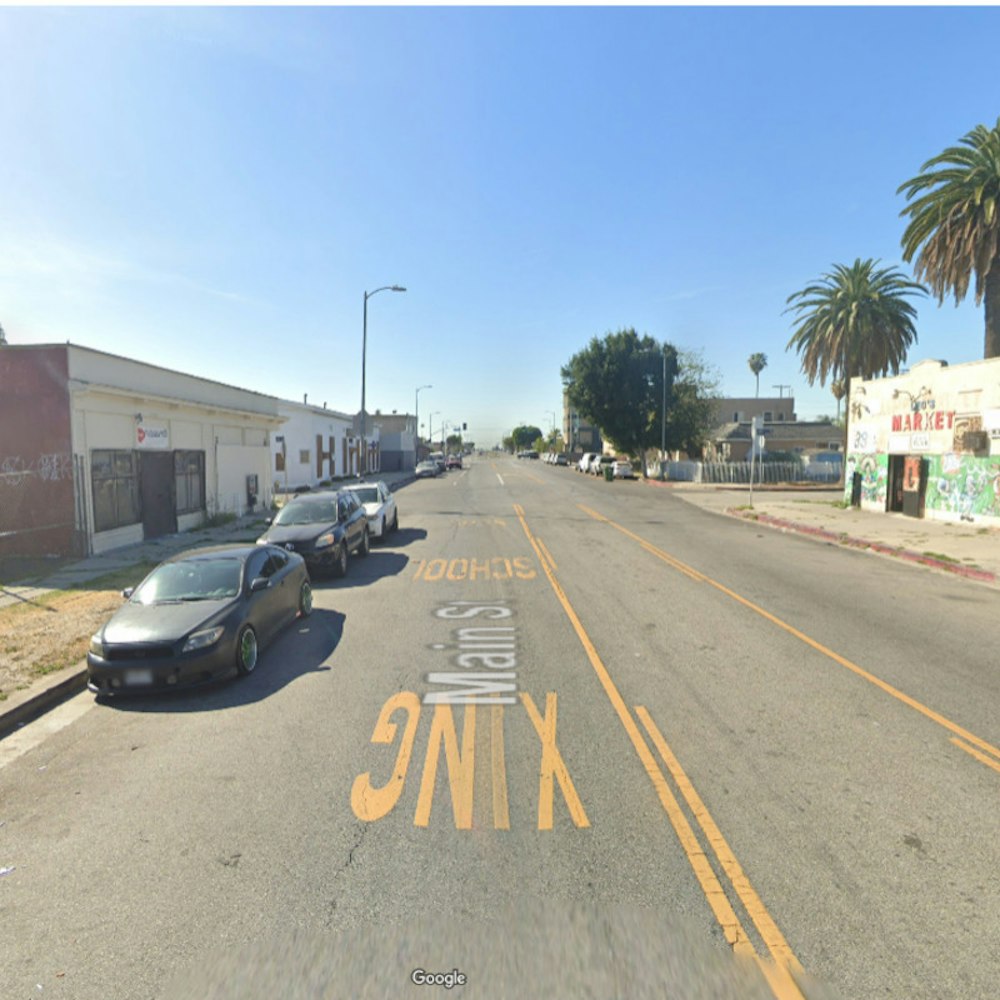
An affordable housing development proposed for a seawall lot at Broadway and Front streets has many neighbors in the northeast waterfront, FiDi, Telegraph Hill and beyond questioning why it can't include units for moderate-income—as well as low-income—rentals.
The answer from the Mayor's Office of Housing and Community Development (MOH) and the Port of San Francisco is clear and not so clear.
The short answer: Their hands are tied.
The reasons are intricate, but it's an issue with citywide implications. The city is moving forward on building low-income housing, but for the middle class, it's lagging due to a lack of programs, subsidies, and more.
The MOH is working on helping the middle class with housing, and Mayor Ed Lee also discussed it in his State of the City speech in January. But that doesn't placate the neighbors of Seawall Lot 322-1.

Seawall Lot 322-1 (Photo: Geri Koeppel/Hoodline)
"We want a neighborhood that is for everyone," said Bob Harrer, president of the Barbary Coast Neighborhood Association (BCNA). "This will be the third low-income project in two-and-a-half blocks. It's affordable housing, and we support affordable housing. But we also want to see a mix, and we believe in this third one that we'd like to see middle-income families included."
(The other two developments are the Broadway Family Apartments at 810 Battery St., which opened in 2008, and the newly opened Broadway-Sansome Apartments at 255 Broadway St.)
It's a refrain that the BCNA and several other groups have been repeating ever since a working group of area community members and leaders was formed last spring to give input.
"The loss of opportunity for moderate-income families is a real concern," Harrer said. "The middle class in San Francisco is shrinking dramatically. We see the city evolving, sadly, to more of a community occupied by the rich and poor. We want everyone to feel welcome in the neighborhood and the city."
The memorandum of understanding (MOU) for the project was approved on March 11th, 2014, and the working group has met 11 times since then to discuss the development. The MOU and several other documents, including letters from multiple neighborhood groups outlining their concerns, are available on the BCNA website.
One roadblock to adding middle-income rentals to the project, said Teresa Yanga, Director of Housing Development for the MOH, is there are no federal, state or city programs or subsidies, as there are for low-income. Another issue, she said, is that the site was identified to meet the jobs-housing linkage fee for other Port properties, specifically Pier 70.
The intent of the linkage fee is "for every job being created, you must be able to create housing for that worker," Yanga said. "Because the housing we're targeting is able to use federal programs such as the low-income tax credit, we are able to stretch every city dollar because we can leverage it by a ratio of two to one."
She added, "In this particular project, it's being able to provide housing units that are needed while trying to maximize the city's resources."
Some have suggested putting some market rate housing on the site so that the inclusionary affordable income housing can be a mix of moderate- and low-income.
The problem there is twofold: One, the land is Port land, and the developer by law can only lease it. In 75 years, the land would revert back to the Port, and it's highly unlikely a market-rate developer would touch it.
Secondly, the footprint of the lot is about 37,000 square feet, making it too small for a mixed market-rate development of that kind.
Yanga said the project could serve low-income workers, such as those who work in restaurants and hotels downtown and in the Wharf, and for families and seniors formerly living in overcrowded SROs.
Those who make more than 60 percent of the area median income—for example, a teacher or police officer who might earn $50,000 a year—are priced out of these rental programs.
Yanga said the MOH is "trying to figure out how to be able to do middle-income" housing. One solution is to find larger pieces of land that could be developed with market rate, low-income and middle-income units. This could be a possibility on larger lots, such as Balboa Reservoir.
Although neighbors probably won't see any middle-income apartments at this development, they will remain involved with shaping it. The Port and MOH plan to schedule a "charrette" for further community input on the design before issuing a request for proposals, which was originally supposed to go out in April.
Working group members have expressed their desire for an "activated" street level with retail and/or restaurants instead of a parking lot, and for lower heights than are legally permitted (65 feet).
The issues here are that the Port earns parking revenue from the lot now, which would be lost if no paid parking is included, and the MOH would have to build fewer units than planned if they can't build to the height limits.
By The Numbers
- What is low-income vs. moderate income?
Low-income is defined as families earning less than 60 percent of median area income and below. For one person, this is $42,800; for a family of two, $48,900; for a family of four, $61,150. Moderate income is defined as 60 to 120 percent of area media income. See the full chart here.
- How much is rent for low-income units?
For a one-bedroom apartment, the maximum rent would be $1,223.
- What about ultra-low income residents?
There will be a requirement for the proposed project at Broadway and Front streets that at least 20 percent of the units be set aside for formerly homeless families and other special situations.
- What will the mix of sizes be?
The project is envisioned to have a mix of studio, one-, two- and three-bedroom units. It must meet a minimum square footage unit size to qualify for the low-income tax credits (therefore, no micro-units).









